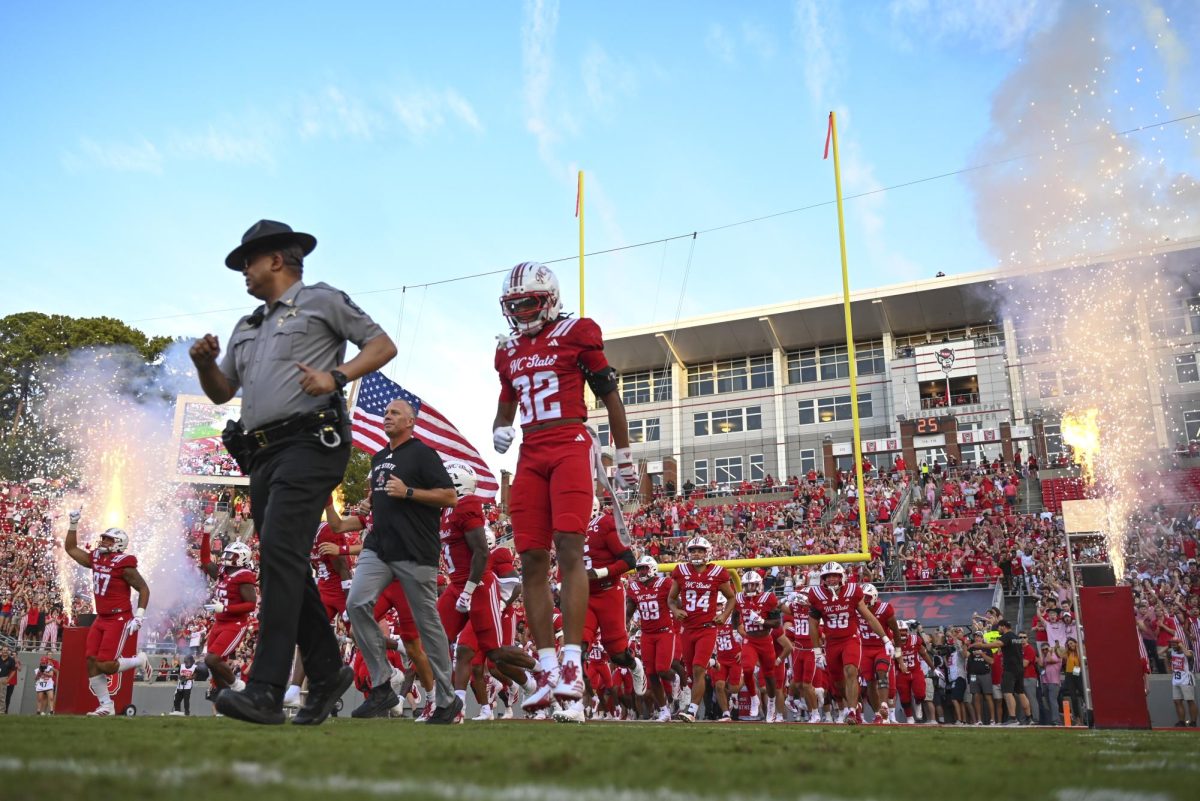North Carolina may soon join the line of the east coast megalopolis that runs from Boston to New York to D.C., with the term “urban crescent” now being used to describe the area from Charlotte to the Triad to the Triangle.
Though North Carolina has steadily grown throughout the past years, the effects of this growth are more noticeable now than ever, according to David Marshall, the vice president of marketing and communications for the Greensboro Partnership.
There are several factors that could be contributing to North Carolina’s growth including the appeal of the university systems, the large number of skilled laborers and the cost of living, according to Marshall.
James Sauls, the Raleigh economic development manager, said the city has grown rapidly since it was founded and that the companies, the talent and the high-quality of life seen in North Carolina make it an attractive place to live in or relocate to.
Sauls said that because these regions are so spaced out, it is unlikely the state will see a pattern of commuting from one area to another, limiting the development of a megalopolis, but the economic emphasis on technology does make these regions particularly attractive.
Though there has been growth patterns visible in other regions of the state, Marshall said he believed the most growth has occurred in the Triad, the Triangle and Charlotte regions because these areas are destinations for industrial development.
About 71 percent of Raleigh’s population is 46- years-old or younger, according to Sauls, and he said this creates a diverse demographic that is making the area a notable place on the map.
“You can find your creative outlet, find your job or raise a family if you choose to here,” Sauls said.
Marshall said the Triad region is attractive because it offers the industry of a large city with the livability of a smaller city.
According to Sauls, several companies, including I-Cubed, LexisNexis and Bandwidth, have made their way onto Centennial Campus in recent years as interest in IT continues to increase in North Carolina.
Of all living alumni, one third live in the RTP area, one third live elsewhere in North Carolina and only one third live outside of the state, according to Randy Ham, the associate director of outreach for the N.C. State Alumni Association.
The highest concentration of N.C. State alumni exists in Wake County, with more than 55,000 alum residing in the region. Charlotte follows with 8,600 and Greensboro with 5,800 alums.
Neither Sauls nor Marshall said they foresee issues concerning state resources in response to the growth of North Carolina.
Marshall said that the state infrastructure is well equipped to handle the growth in terms of schools, roads, water and other resources.
Marshall said he sees this as a growing trend that will provide for future generations.
“As the economy continues to recover from the recession, we will continue to see a favorable impact on North Carolina’s growth,” Marshall said.




